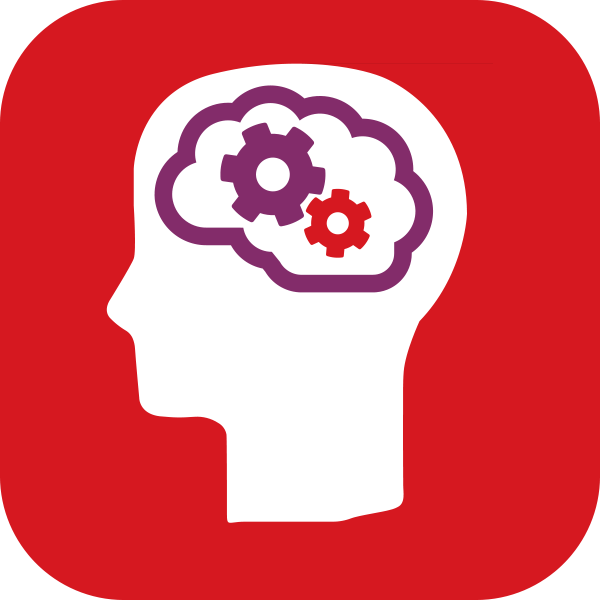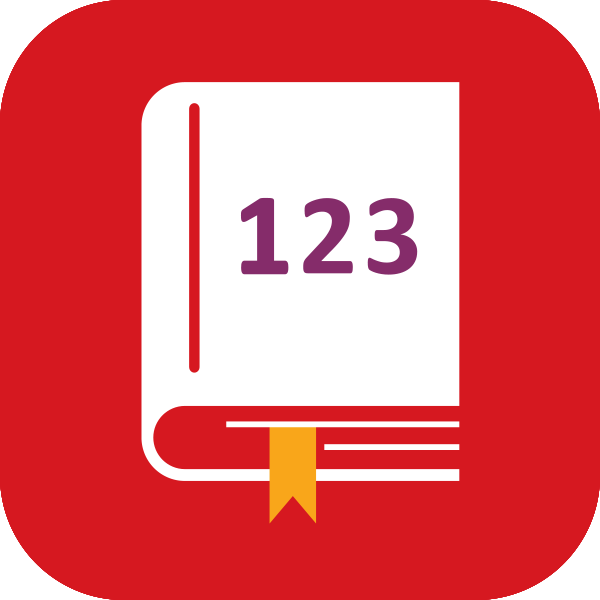“ ”
This year, for the first time, we have also introduced the Progress Test in Science (PTS) and Pupil Attitudes to Self and School (PASS) measure, taken at the end of second year. We’re considering using the PTS in third year to help students choose which area of Science to pick for their fifth-year options. As in maths, it indicates where their strengths lie. We plan to use the PASS results in our School Self Evaluation plan and to help with our school improvement plan for next year.
Reducing the load on teachers
The National Council for Special Education (NCSE) recommended GL Assessment to our school. We started using the CAT4 test for entrance exams to move away from an in-house exam created by teachers that were following a standard model deployed nationally to test English, Irish and maths at the start of the Junior Cycle. There was a lot of anxiety among teachers around preparation for those entrance tests, and we were looking for another model to replace them. CAT4 offers us a standardised test with data that compares nicely with the data that we are given from primary schools in pupils’ passports when they join us.
The NCSE were working with us through a differentiation support group initiative, and they suggested we also test students using the NGRT and PTM to identify those who needed extra support, particularly after the Covid-19 lockdowns.
Using CAT4 to compare progress across subjects
We use the CAT4 parent reports in printed format to share results with parents in September for our incoming first year students and we feed CAT4’s Excel reports into our data management system, which includes an academic monitoring tool.
Teachers can see scores in one place, so that they can identify where the students’ strengths are across the four batteries that CAT4 covers: verbal, non-verbal, quantitative and spatial reasoning.
We have an academic monitoring programme where the Heads of Year look at these scores and use CAT4 as a baseline for the ability of students and compare the results to summative results (for example from Christmas tests and summer exams), and use this to identify whether students are performing to their ability or underperforming. This forms the basis of very rich conversations within our academic monitoring programme with the students.
All teachers can look at this information and compare performance to CAT4 scores across subjects and consider why a student might be performing well in some subjects and not so well in others.
“CAT4 baselines form the basis of very rich conversations within our academic monitoring programme with the students.”
Lorraine Noone, Deputy Principal, St Mary’s Diocesan School
“ ”
“ ”
Proven data in preparation for inspection
We have just had a An Roinn Oideachais (Department of Education) inspection and the value of the data from GL Assessment was incalculable to our teachers. Teachers were able to point at their subject and very clearly and visually show how they were tracking students.
A lovely feature of their assessments is that they show what students could achieve based on what we know about them from the tests against how they are actually performing across the subject range they are taking. This gives our teachers what they need to have very rich conversations with and about their students and supplies proven data for inspections.
GL Assessment is another source of information about our students that we can use to meet data requirements from the Department of Education in relation to the National Education Psychology Service (NEPS), Literacy Strategy and the Pupil Wellbeing Framework that is not summative and not classroom based.
Using PASS to inform SSE
School Self Evaluation (SSE) is currently a significant focus in inspections that is hard to address with quantitative data. The PASS measure aligns closely with the questionnaire given to second and fifth year students when a Whole School Evaluation – Management, Leadership and Learning (WSE-MLL) takes place.
By using PASS, we can get ahead, showing that we are engaging student voices, and showing that we are using it to make informed plans in our SSE.
Differentiation was a big concern for us, which was mentioned in our last inspection. With PASS, we now have quantitative data that is not coming from subject-specific testing to support this.
Specific support for schools in Ireland
GL Assessment is very interested in getting Irish baselines, and local knowledge and having someone to talk to who knows the Irish system means that we get a product that offers what we’re looking for. We can compare our CAT4 data against Irish, rather than UK, norms.
To get the best from assessment data, know what you want to do with it
Our advice for other schools in Ireland who are considering GL Assessment would be first to work out what you want to do with the data: how you’re going to decipher the data, how you’re going to report to parents, what improvements there will be to student learning. Ensure you know why you’re using each test and what you want to get out of it.








